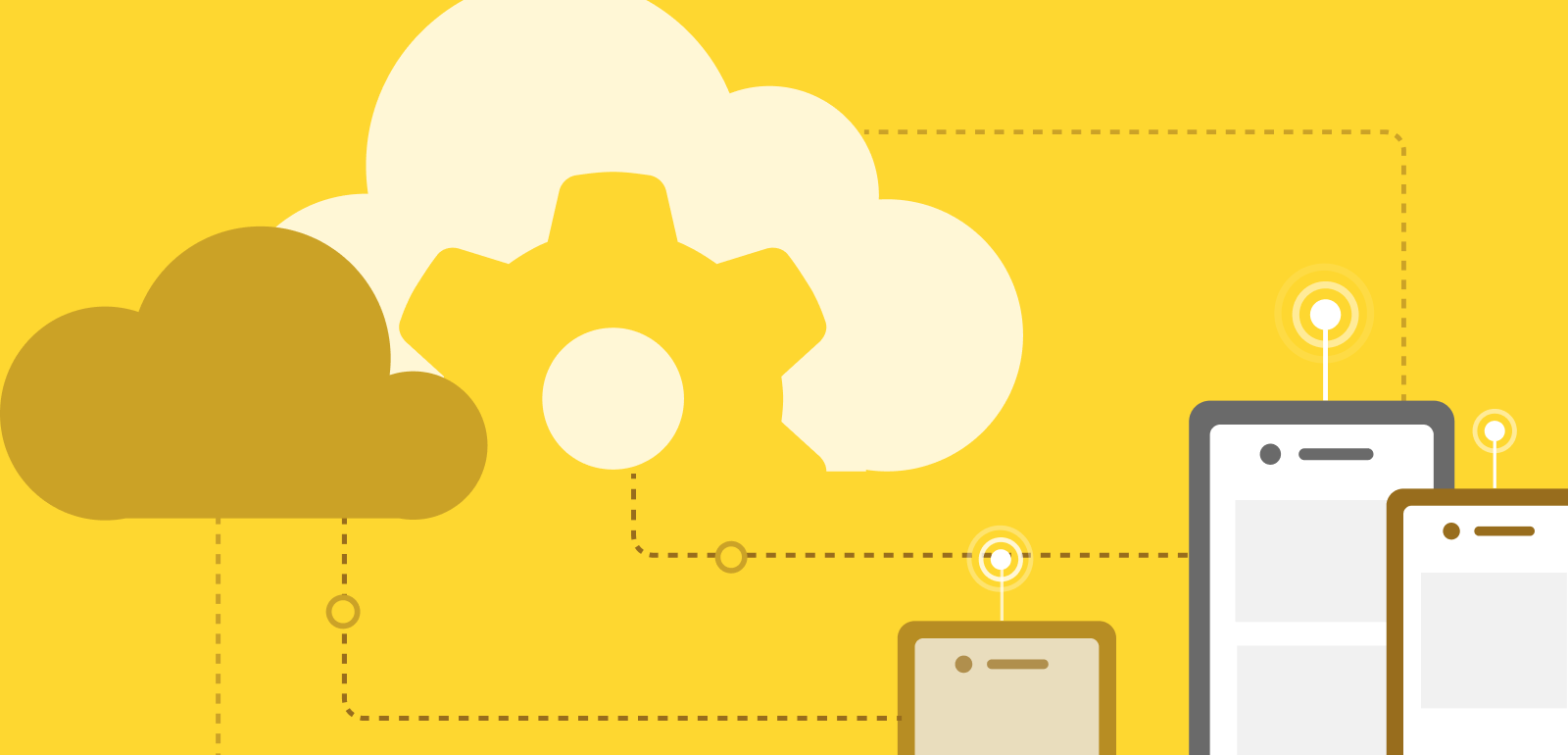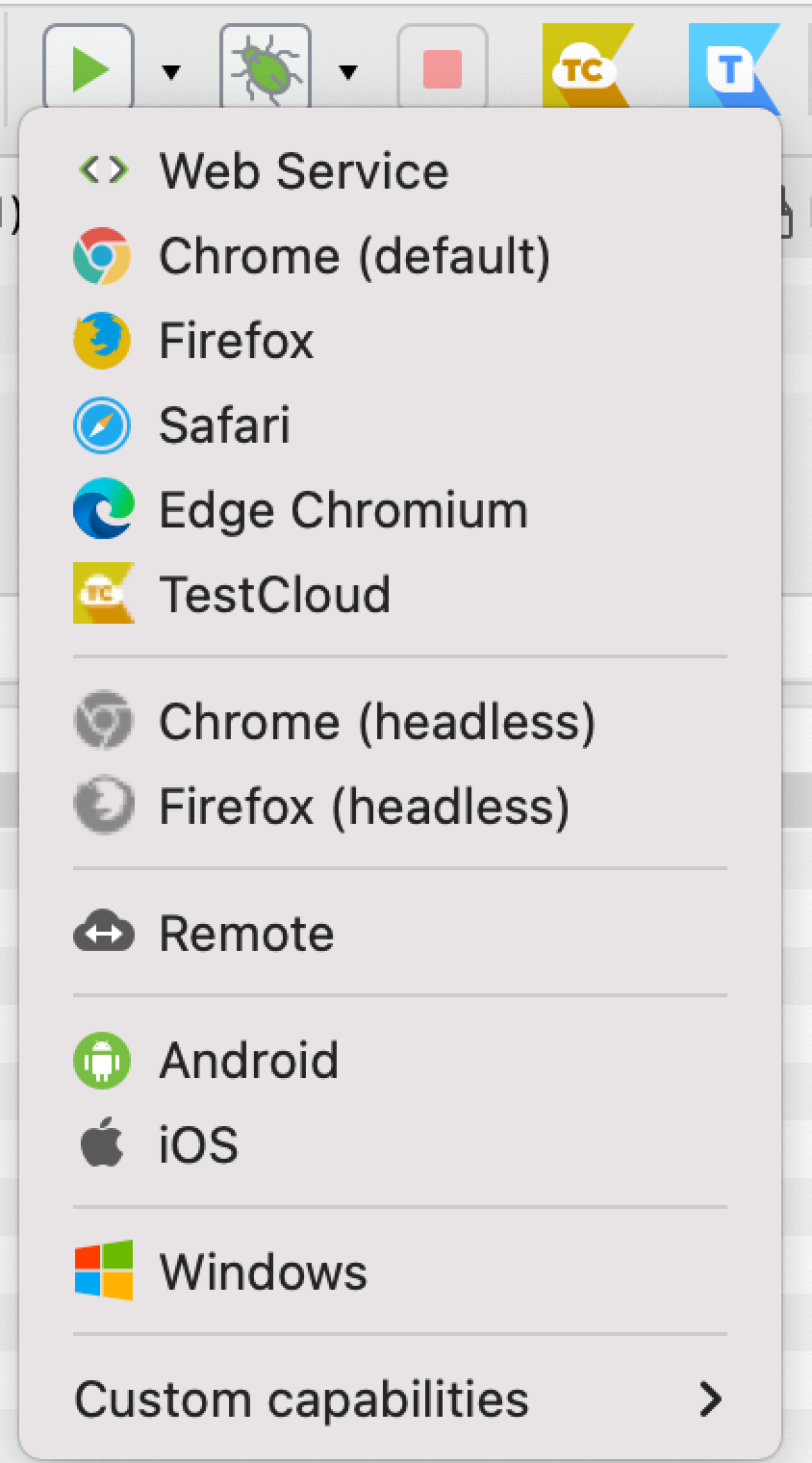Mobile Cloud Testing Explained: Benefits, Tools, and How to Get Started
Learn with AI
With approximately 80% of the world population having smartphones with 10,000+ mobile apps released daily, mobile app development is an undoubtedly lucrative yet fiercely competitive arena. To remain relevant in such a crowded space, excelling in quality is a must.
To deliver high-quality apps, we need mobile testing, and this practice has existed since the very first day of mobile app development. However, to account for the ever-rising demand for quality, businesses are gradually bringing their mobile testing activities to the cloud. Introducing mobile cloud testing, a new approach that guarantees security, scalability, productivity, and many more benefits, if QA teams know their way around it.
In this article, we’ll explore the concept of mobile cloud testing, its advantages and challenges, as well as the practical steps needed to fully implement it.
What is Mobile Cloud Testing?
Mobile cloud testing is the practice of using testing environments (including the mobile OS, devices, network configurations) hosted on a cloud platform to test mobile applications.
Unlike traditional mobile testing where the app is uploaded and tested directly on a real device, mobile cloud testing enables the QA team to do everything on cloud, saving resources while unlocking automation opportunities.
Read More: A Guide To Doing Mobile Testing Using Katalon
Understanding The Mechanism Behind Mobile Cloud Testing
Put simply, mobile cloud testing is simply mobile testing done on the cloud. This cloud uses virtualization technology to create a simulated mobile environment that resembles the real environment as closely as possible. It divides a single physical server into multiple isolated servers with unique software, network, and storage configuration that can be used for different testing scenarios.
There are several approaches to mobile cloud testing for QA teams:
- Leverage public cloud services to create a testing environment
- Set up a cloud-based testing environment within a private cloud infrastructure, which provides additional security, yet requires extensive and ongoing maintenance
- Leverage an existing cloud-based testing platform from a third-party vendor. Such platforms either provide virtual environments (known as simulators/emulators) or a device farm (real device connected to the cloud). The former option is more scalable and flexible, while the latter is favored for its realism.
The final choice depends on the specific needs of the organization. A hybrid approach is always possible where the team combines multiple approaches to get the best of both worlds.
Read More: Simulators vs Emulators vs Real Devices | Mobile Testing Differences
Benefits of Mobile Cloud Testing
Why Mobile Cloud Testing

- Accessibility: cloud-based testing enables immediate access to environments that would otherwise not be readily available for the team. Testers can work remotely, and all they need is Internet access to start testing without the need to have a physical device available locally.
- Cost-effectiveness: as there is no need to purchase and maintain real devices for testing purposes, companies can cut down on a lot of costs. Imagine having to constantly add new mobile devices to your testing inventory to achieve high test coverage.
- Scalability: cloud environments can be easily scaled up or down based on real-time testing needs, which allows QA teams to optimize their resource allocation more easily.
- Real-time testing: cloud-based environments are readily available, so QA teams can incorporate it into their regression testing plan to continuously identify bugs as code changes occur.
- Automated testing support: cloud-based environments are ideal for automated testing thanks to their high consistency, scalability, and accessibility.
On-premise real device testing vs Cloud-based real device for mobile testing
|
Criteria |
On-premise Real Device Testing |
Cloud-based Real Device Testing |
|
Device and OS Coverage |
Limited to the devices and OS versions owned by the enterprise. |
Access to a wide range of devices and OS versions globally. |
|
Cost |
High initial investment in devices and maintenance. |
Lower initial cost, pay-per-use models, and no maintenance costs. |
|
Scalability |
Limited by the number of devices available on-premise. |
Easily scalable to meet varying demands without physical limitations. |
|
Flexibility |
Physical constraints limit testing scenarios and environment setup. |
Greater flexibility in testing scenarios and environment setup. |
|
Remote Access |
Limited, requires physical access to devices. |
Enables remote access and testing from anywhere. |
|
Collaboration |
Challenging for distributed teams due to device location. |
Easier for distributed teams with shared access to cloud resources. |
|
Integration with CI/CD |
Possible but requires additional setup and resources. |
Easily integrated into CI/CD pipelines for automated testing. |
|
Real-time Testing |
Constrained by the availability of specific devices. |
Enabled globally at any time with a wide device range. |
|
Monitoring and Reporting |
Dependent on internal tools and processes. |
Often comes with advanced monitoring and reporting tools. |
|
Security |
High control over security, but requires internal expertise. |
Depends on the cloud provider's security measures and policies. |
|
Compliance |
Company is responsible for ensuring compliance. |
Cloud providers often ensure compliance with various standards. |
|
Maintenance |
Requires ongoing maintenance of hardware and software. |
Maintenance is handled by the cloud provider. |
|
Access to Advanced Tools |
Limited to tools owned and managed by the enterprise. |
Access to a wide range of advanced tools and technologies. |
|
Initial Setup Time |
Can be time-consuming to set up and configure. |
Quick to set up and start testing. |
Implementation Of Mobile Cloud Testing

It’s not difficult to integrate cloud mobile testing into your project. Your implementation plan should have the following detail :
- Parameter of your AUT for cloud-testing: Some criteria for an app to be considered for cloud testing are those with large target audiences that need extensive performance tests, complicated UI or imaging features, Native mobile apps.
- Prerequisites for your cloud testing platform: This includes supported testing frameworks, mobile environments, automation tools, etc.
- Candidate for cloud platforms: Major public clouds (AWS, Azure) offer cloud-based mobile testing services with little testing features. Teams can also use specialized cloud-based software testing solutions like Kobiton. Another option is automation testing tools that provide integration for cloud-based software testing. Among these Top 15 mobile testing tools available in the industry, any tool can maximize the use of cloud technology. For an all-inclusive solution, teams can try Katalon as this automation tool is made for testers of all experiences and is scalable for teams or projects of any size.
- POC for cloud implementation: Although any mobile testing strategy leveraging the cloud will be more agile and scalable, it’s still advisable that teams detailed out a solid plan with optimization points. For instance, you should use a parallel testing approach as it utilizes cloud-testing strength: the ability to run virtually an unlimited number of tests at once.
Click here to learn how to apply the codeless solution to mobile testing.
Let's see how you can do cloud testing effortlessly with Katalon TestCloud.

In Katalon TestCloud, you get instant access to a wide range of on-demand cloud environments for your mobile testing activities.
To start, you can download and install Katalon.
Download and Witness The Power of Katalon
Once you have installed Katalon, you can launch and create a test case.

Katalon provides you with up to 3 different modes of test creation:
- No-code: Katalon offers the Record-and-Playback feature. You can record all of your manual on-screen actions, and Katalon transforms them into automated test scripts for repeated execution at any enviroment you want.
- Low-code: Katalon also offers a rich library of Built-in Keywords, which are essentially pre-scripted code snippets featuring customizable parameters tailored for specific actions. For instance, a keyword like "Click" manages the internal logic to locate and execute a click action on an element such as a button. You can simply specify the target element without delving into the underlying code intricacies.
- Full-code: You can also activate Scripting mode to independently write test scripts. Furthermore, you can switch between no-code, low-code, and full-code modes whenever they want.
For example, here are some of the keywords you can choose from:

After crafting your test case, you can choose your environment to test on:

Curious? Witness Katalon in action here:
Download and Witness The Power of Katalon
Conclusion
Cloud technology, when applied correctly, continues to provide great convenience and transparency regardless of industries. The cloud’s online storage and computing nature create great flexibility: all your data is in one place, and all you need is a wifi connection to access the data. So businesses and developers should adopt cloud mobile testing into their development pipeline to ensure their competitive edge on the market.
|
FAQs On Mobile Cloud Testing
What is mobile cloud testing?
Mobile cloud testing is the practice of utilizing testing environments, including mobile operating systems, devices, and network configurations, that are hosted on a cloud platform to test mobile applications. It allows testing to be performed on the cloud, which helps save resources and enables automation.
How does mobile cloud testing work, and what are its different implementation approaches?
Mobile cloud testing functions by using virtualization technology in a cloud environment to simulate real mobile conditions. Teams can implement it by using public cloud services, setting up a private cloud infrastructure, or leveraging third-party cloud-based testing platforms that provide either virtual environments (simulators/emulators) or real device farms.
What are the main advantages of adopting mobile cloud testing?
Mobile cloud testing offers several benefits, including improved accessibility to diverse testing environments, significant cost-effectiveness by reducing hardware investment, enhanced scalability to adjust to testing demands, support for real-time testing, and strong compatibility with automated testing practices.
How does cloud-based real device testing compare to traditional on-premise real device testing?
Cloud-based real device testing provides broader device and OS coverage, lower initial costs, easier scalability, greater flexibility, built-in remote access, and better integration with CI/CD pipelines. In contrast, on-premise testing offers more direct control over security but is limited by physical device availability and requires ongoing internal maintenance.
What are the key steps involved in implementing mobile cloud testing?
The implementation process involves defining specific parameters of your Application Under Test (AUT) suitable for cloud testing, identifying prerequisites for your chosen cloud platform (such as supported frameworks and automation tools), selecting appropriate cloud platforms (e.g., public clouds, specialized solutions, or automation tools like Katalon), and conducting a Proof of Concept (POC) to fine-tune your strategy, often by leveraging parallel testing capabilities.
